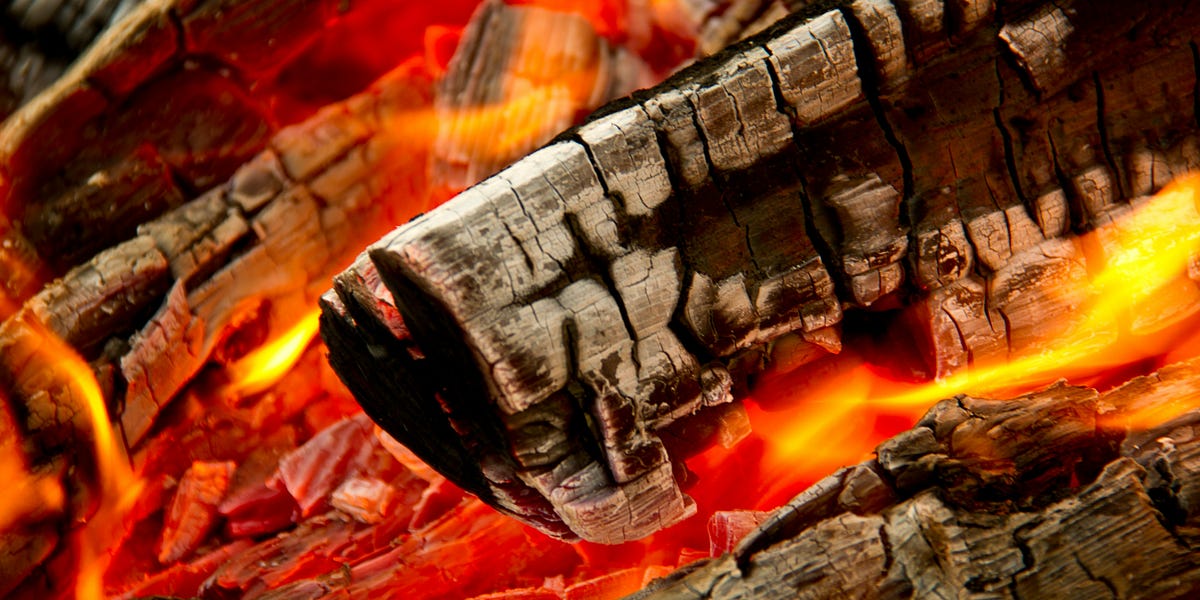
Age of Invention, by Anton Howes
You’re reading Age of Invention , my newsletter on the causes of the British Industrial Revolution and the history of innovation, which goes out to over 35,000 people. This is effectively the fourth instalment of this year’s special series on salt. To stay tuned and support the project, subscribe here:
In the last part we looked at how the Dutch took the dirty, solar-evaporated salt of France, Portugal and Spain, known as “bay salt” or black salt, and refined it to a white salt fit for butter, cheese, and preserving herring, which they made by burning their plentiful supplies of peat — the economic underpinning for the seventeenth-century Dutch Golden Age. Soon, however, Dutch peat was to face a new competitor: British coal.
Now, you might think you’re about to hear a very straightforward story. A given cart- or boat-load of even a nice, dry peat yields only about a sixth the heat of the same volume of coal, 1 and only about half the heat by weight. 2 With that kind of difference in energy density, coal seems like the obvious eventual winner as a source of heat for any industry, not just for refining salt.
But the story turns out to be lot more interesting than that, though we’ll first need to take a very long detour to fully appreciate why. Before we follow the history of salt-making even a single step further, we first need to delve — deeply — into the history of both wood and coal.























